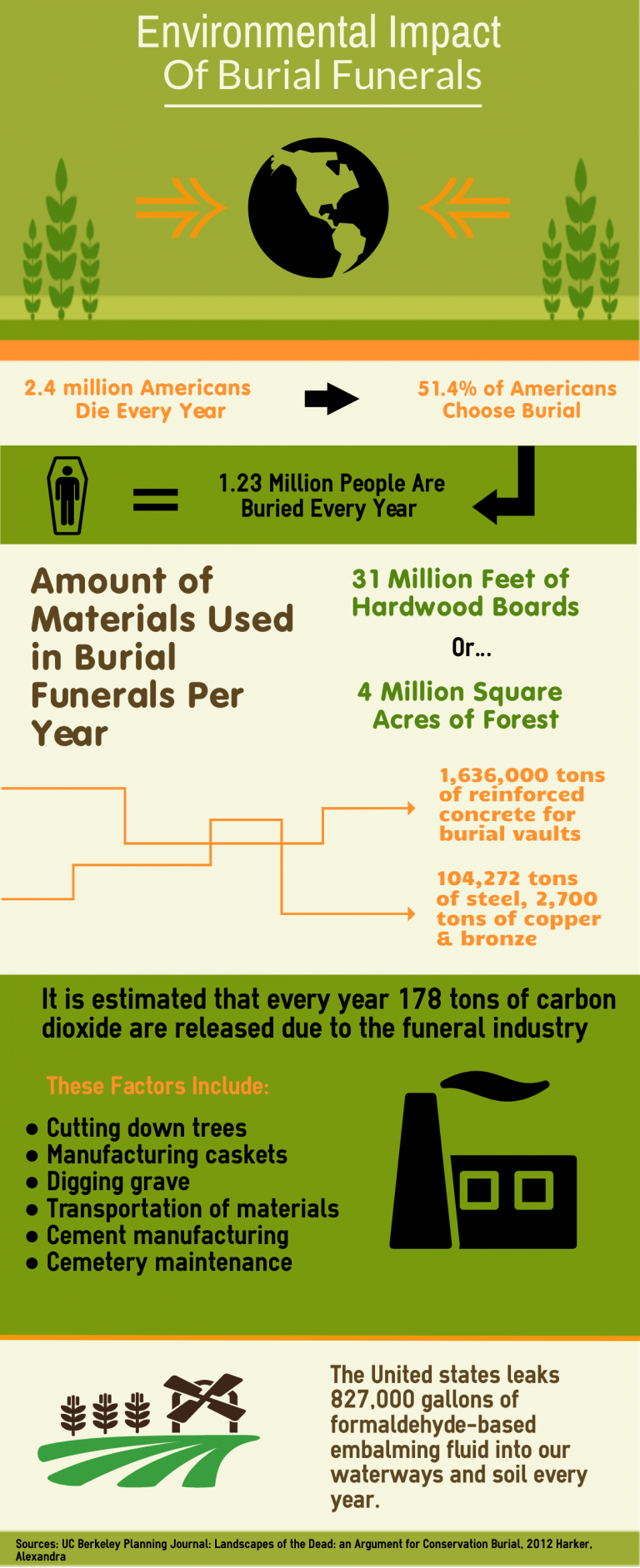Going green has many rewards: Even as you finally get to play your part in saving the planet, you also get to lead a more sustainable, ethical, and healthier life! The best part, however, is that it’s never too late for you to start this journey to go green. Contrary to popular belief, going green does not imply taking an active part in environmental conservationist movements. Instead, it entails the little day-to-day initiatives that enable us to promote a cleaner environment. Going green begins from the very basic – attitude change – before we can take some concrete measures to ensure we protect our environment and preserve it for posterity.
Here, we bring you a list of 11 ways to help you get started.
- Find out what it’s about
Start by learning more about the harmful effects of carbon emissions on the environment and the benefits of going green.
Also, read from the vast number of resources available online and if you’re looking for something less comprehensive, start by reading the tips we’ve provided here.
You can also check out various documentaries and films related to the subject. An Inconvenient-Truth, an Oscar-winning documentary by former U.S. Vice President Al Gore is a great place to start.
- Consume less energy
One of the most effective ways to reduce your carbon footprint is by saving energy and consuming less power at home. For example, you can start with switching off all lights before stepping out of your house or office and then turning lights off if you aren’t using them. Also, remember to install bulbs that are energy efficient, use appliances that consume less energy and unplug electronics and appliances when not in use.
New York City is embracing sustainable living, and this is particularly evident in the innovations seen in student housing nyc. Many student residences are now incorporating green technologies, such as solar panels and energy-efficient appliances, to promote eco-friendly living. The push for green living extends to the design of these buildings, with green roofs and community gardens becoming standard features. This commitment to sustainability not only reduces the carbon footprint but also provides students with a healthier, more environmentally conscious living environment.
- Don’t waste water
With each drop of water you save, you help reduce the amount of energy needed to treat, filter, and transport water, meaning lower harmful emissions into the environment.
Here are some simple things you can do to save water:
- Reduce bath time
- Use the shower instead of the bathtub
- Repair any taps that are leaking
- Harvest rainwater
- Buy appliances that are water-efficient
- Wash clothes with cold water
- Opt for recycled, reusable products
By using recycled products, you help save energy and lower the amount of emissions required to create raw materials.
If you’re looking to start using recycled products, there are various ways you can do that.
You can search for and shop from eco-friendly companies as well as buy recycled, reusable products. Eco-friendly companies like customearthpromo.com offer a range of such items from reusable bags to water bottles and umbrellas.
You can also avoid buying disposable goods and fix broken or damaged items, rather than buying a new one. Lastly, it is also advisable to buy second-hand items, whether it’s a phone or a car or even furniture.
- Reduce the use of plastic
Plastic is used everywhere – from its more obvious uses as plastic bags and cups to its less apparent use as a raw material for goods and items in the technology and automobile industries. But because plastic is a not biodegradable and can even contain toxic elements, its widespread adoption creates an equally large amount of waste that is harmful to our planet.
To avoid this, you can:
- Reuse old plastic bags
- Opt for reusable, recycled bags
- Use BPA-free plastic water bottles
- Choose a ceramic cup over a plastic cup
- Plant a tree
Planting a tree has tremendous benefits for the environment. But with the rise of urbanization, communities around the world have seen the destruction of thousands of trees that were a source of clean air.
By planting a single tree, you help improve the quality of the air you breathe and reduce the need to use air conditioners. You also seamlessly reduce your reliance on air purifiers and raise real estate value for your neighborhood.
- Use eco-friendly transport options
Imagine if everyone on this planet owned a car that they drove around in every day. Well, the resulting amount of air pollution would be disastrous. To say nothing about the traffic!
To reduce the effects of air pollution on the environment, start by choosing public transportation instead of taking your car to work. You can also opt for carpooling options with your colleagues and friends. Also, remember to walk or cycle to work wherever possible
- Grow your own vegetable garden
Growing your own vegetable garden in your backyard is a great way to go green. It is also one of the simplest and most cost-effective ways to start.
- By growing your own vegetables, your family can lead a healthier, more sustainable life as the produce is fresh and easy to source .
- It’s also a great way to save some money, as buying organic vegetables at the local supermarket can be an expensive affair.
- Buy and eat healthy, local produce
By buying food that is grown locally, you help reduce the amount of waste that would’ve been created from the effort involved in packaging and transporting your food. And it’s healthy too. After all, eating healthy also means going green.
To eat healthy, you can start with these simple steps:
- Buy local, organic products
- Reduce your meat intake
- Make healthy meals with local, organic ingredients
- Support the local, organic products industry
- Reduce the use of paper
We’ve already discussed the importance of trees for the environment. So, it’s needless to say that you need to reduce your use of paper to help save trees.
You can start opting out of paper receipts for your utility payments and going online to buy your stuff and pay your bills. You can also stop signing up to receive junk mails and ask your bank to send you e-statements. Lastly, avoid printing unnecessarily. Print only if you absolutely need to.
- Lead or participate in local go green efforts
By participating in go green campaigns in your own neighborhood and becoming an advocate for a healthier planet, you help the global campaign for a clean, sustainable future.
Here’s how you can do that:
- Inform and educate your friends and family
- Encourage your community to go green
- Start programs on select, related days such as Earth Day
- Make go green activities and events fun and engaging
- To cut a long story short, going green does not have to be difficult. You can start with these simple steps, and you’ll immediately start to see the benefits of doing so. So what are you waiting for?
Evidently, going green has so many benefits, not only to the environment but to us as well. And the best part it is you don’t need to break a bone to adopt green practices. There are adjustments we can do at a personal level and there are those we can take part in at a communal level to ensure we enhance and promote a cleaner, healthier environment.





Leave a Comment